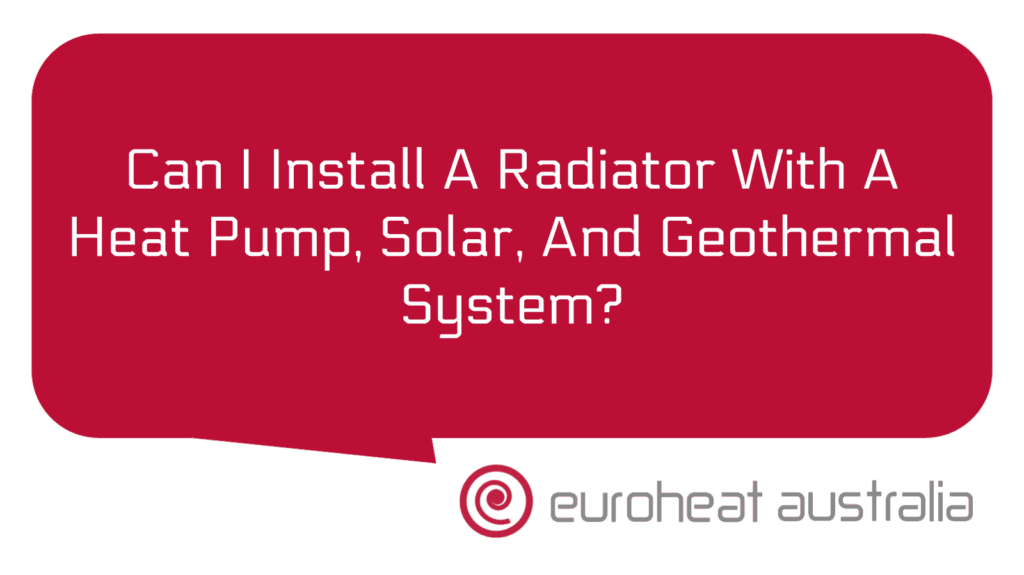When it comes to keeping your home warm and comfortable, there are a variety of different types of waste heat hot water systems available on the market. These types of systems range from simple, low-cost solutions that provide just enough warmth to keep your family comfortable during the cold winter months, to more complex and expensive solutions that can drastically reduce energy bills and even provide cooling during the summer months.
The most basic type of waste heat hot water system is a gravity-fed system. This system uses the force of gravity to pull heated water from an external source, such as a boiler or furnace, into your home’s hot water system. This type of system is relatively inexpensive and easy to install, but it does require regular maintenance in order to keep it running efficiently.
A more advanced type of waste heat hot water system is a high efficiency condensing boiler system. This type of system uses two separate heat exchangers – one for heating and one for cooling – to transfer thermal energy from the external source into your home’s hot water system. The two exchangers work together to maximize efficiency by generating heat whenever possible and cooling when needed.
The next level up in terms of efficiency and cost savings is a solar thermal hot water system. This type of system uses solar panels mounted on the roof of your home to capture the sun’s energy directly, which is then transferred into your home’s hot water system via an insulated pipe network. Solar thermal systems are very efficient when installed correctly and can dramatically reduce energy bills over time if used properly.
Finally, one of the most advanced types of waste heat hot water systems available on the market today is a heat pump/chill recovery hybrid system. This type of hybrid combines a traditional heat pump with an integrated chill recovery unit that captures wasted energy from other sources within your home such as air conditioning units or refrigerators. The recovered energy is then used to preheat or precool domestic hot and cold water for use in showers or washing machines before being sent back out into the environment at lower temperatures than before.
The benefits associated with installing a waste heat hot water system are numerous: from saving money on utility bills through increased efficiency, reducing CO2 emissions through decreased usage of fossil fuels, providing comfort all year round through temperature control, reducing noise pollution from traditional heating/cooling systems, and prolonging the life expectancy of existing equipment by reducing strain on components due to less frequent use – there really isn’t any downside!
If you’re looking for expert advice when it comes to designing & constructing hydronic heating & cooling systems with 30 years experience Euroheat Australia are here for you! With their team in Perth they will take you step by step through every stage; design & construction; installation; commissioning & handover; all tailored specifically for you & your project! With their help you can make sure you get exactly what you need from your new waste heat hot water system – whether it’s saving money on utility bills or reducing CO2 emissions – Euroheat Australia have got you covered!





